
The earliest direct-drive record player I’ve discovered is Garrard’s Model 201 from 1930. It only played 78s. In their advertising, Garrard claimed the 201 was the world’s first “transcription turntable.” It employed Garrard’s latest in a line of what they called “prestige” motors: an AC-induction “Super Motor.” Garrard described the 201’s platter as “plush covered” and said it was “popular with HiFi enthusiasts and used by the BBC.” The 201 was superseded by the 201A, which rotated at both 78 and 33 1/3rpm.1 The venerable Garrard 301 that followed was an idler-drive design.
The next direct-drive turntable I know of is the solid-chassis Technics SP-10, which was introduced to recording studio and radio station markets in 1969. The SP-10 was quickly followed by Technics’s SL-1100, launched into professional DJ/ turntablist markets in 1971. This was followed by Technics’s SL-1200, introduced to home audio markets in 1972—which, coincidently, was the same year a Scotsman named Ivor Tiefenbrun launched his wood-plinthed belt-driven suspended subchassis Linn Sondek LP12 record player into Great Britain’s domestic audiophile market.
By 1975, Ivor in Glasgow had recruited legions of Brit-fi LP12 aficionados, and they were taking up arms and talking trash about direct-drive (DD) turntables, claiming that DDs were “noisy” and “couldn’t carry a tune.” Ivor claimed that DDs failed his toe-tapping “pace, rhythm, and timing” tests. The English-speaking audio press fell 100% for his belt-and springs pontifications.
This story is from the October 2022 edition of Stereophile.
Start your 7-day Magzter GOLD free trial to access thousands of curated premium stories, and 8,500+ magazines and newspapers.
Already a subscriber ? Sign In
This story is from the October 2022 edition of Stereophile.
Start your 7-day Magzter GOLD free trial to access thousands of curated premium stories, and 8,500+ magazines and newspapers.
Already a subscriber? Sign In
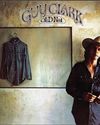
AURAL ROBERT
Another \"outlaw\" country artist

Nina Simone: Wild Is the Wind
By all accounts, Eunice Kathleen Waymon, aka Nina Simone, who passed in 2003, was a troubled person and a brilliant artist. Why she was not more acclaimed during her lifetime is a question several recent film projects have tried to answer. Did her fierce stand on civil rights lose her fans?
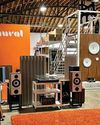
Vintage hi-fi, old and new
Many audiophiles and serious music lovers are passionate about vintage. Vintage has become a popular \"way in\" to the hobby, especially popular among younger folks.
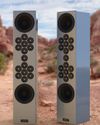
Tekton Moab Be
LOUDSPEAKER
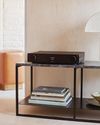
ARCAM Radia A25
INTEGRATED AMPLIFIER

Wharfedale Heritage Series 90th Anniversary Dovedale
LOUDSPEAKER
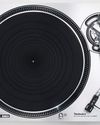
Technics Grand Class SL-1200/1210GR2
RECORD PLAYER
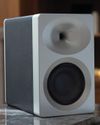
Thrax Audio Siren
Based in Bulgaria, European audio company Thrax has been active since 2009.
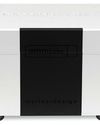
EMM Labs MTRS
STEREO POWER AMPLIFIER
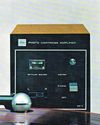
SPIN DOCTOR
Alternative phono cartridge technologies and the DS Audio DS-W3 optical cartridge system